We have yet another delicious delicacy for you. It’s a local snack mainly consumed in the northern part of Nigeria – Awara also known as Wara in Hausa and Soya Beans Cake or Tofu in English. Its main ingredient as the English name implies is Soy Beans. There are different ways of making it depending on one’s financial capacity. However, this article seeks to give you the general way in which it is made. Stay with me.
Because of how much people love it in northern Nigeria, it can be found in restaurants or eateries. Also, people – mostly females are found frying and selling it on almost every street in residential areas occupied by average or less privileged Nigerians.
Without wasting your time, let’s get started with its preparation.
Equipment for Making Awara
Cooking pot
Kitchen knife
Bowl
Frying pan
Slotted spoon
Cheesecloth
Ingredients
To make this delicacy, you will need the following ingredients to make Awara:
3 cups of soya beans
3 cups of lime juice or pap juice
Pepper and onions (grated)
Palm and vegetable oil
Seasoning cubes
Grated garlic
Water
Salt to taste
Procedure for Preparing Awara
STEP 1: Pick dirt and stones from the beans properly, wash them and soak it for 12 hours. If you intend to make it in the morning, you could soak it overnight.
STEP 2: Grind the soaked beans using a grinding machine or a blender and little water as you grind.
STEP 3: Pour the grinded beans into a cheesecloth to extract the milk. Keep the milk aside. Then add 2 spoons of palm oil to the extracted milk.
STEP 4: Over medium heat, place a clean pot containing the extracted milk. Allow the content to boil for 15 minutes.
STEP 5: Begin to add the lime juice or pap juice little by little. The beans’ milk automatically starts to curd on its own from the water. Allow to keep boiling for additional 25 minutes.
STEP 6: After that, pour the cud into a bowl and allow it to cool for 5 minutes.
STEP 7: Add the grinded pepper, onions, seasoning cubes, salt, and grinded garlic. Then;
STEP 8: Pour it into a cheesecloth and tie it very well so that it is well-drained. Also, remember to put a heavy object on it for about 10 minutes. This aids proper draining.
STEP 9: After draining, bring it out from the cheesecloth and cut it into desired sizes and shapes.
STEP 10: Get your frying over medium heat. Add a little vegetable oil to it, slice your onions, and put them inside. Allow to fry for 4 minutes.
STEP 11: Now you can start frying. Fry your sliced raw beans cake and sear on each side until it turns golden brown.
STEP 12: Your Awara (Soya Beans Cake) is done and ready to be eaten.
How to Serve Awara
Awara is usually served with vegetable oil, grinded pepper. Nowadays, there is more garnishing to it. Sliced fresh pepper with cabbage and cucumber are added to it. In addition, it can be taken with Pap or Kunu.
Don’t forget to serve it hot as it tastes better when hot.
Occasions to Serve Awara
There is no specific occasion for this northern Nigerian snack. Therefore, it can be consumed anytime – for breakfast with Kunu or Pap or as brunch or as dessert – your choice.
How to Store Awara
This snack doesn’t last for long. It is best consumed not later than 24 hours. So I advise you to make it just enough for present consumption.
Nevertheless, you can store it in a refrigerator and it can last for a few days but of course, the delicious taste reduces significantly.
Nutritional Value of Awara
Because of the soya beans in it, it is very rich in nutritive components. Besides the very high protein content, Awara contains a lot of fiber and is rich in magnesium and calcium. Also, its protein contains a high biological value and contains all the essential amino acids. Again, Awara is rich in unsaturated fatty acids and low in saturated fatty acids which need to be avoided.
Furthermore, Awara contains several bioactive compounds such as isoflavones among others which have many beneficial effects on human health.
In addition, according to research by Timothy Akpomie, Festus Ogungbemiro, and Samuel Anwani in 2020 on Nutritional and Elemental Composition of Awara, found that Awara has a significantly high amount of protein, fat, and carbohydrate content. The mineral compositions were also comparatively high and the Awara snack as a whole was concluded to be generally very high nutritionally and its consumption should greatly be encouraged.
With all the above-mentioned nutritional benefits of Awara, it gets better since it is consumed with other ingredients like cabbage, cucumber, onions, pepper, etc. which have several nutritional advantages.
Conclusion
It is important to note that some people add eggs to the ingredients which are not necessary. However, if you wish to add eggs to it, this is what you do:
Before you begin to fry, get a clean bowl. Break 2 eggs or more depending on the quantity of the Awara. Add a little maggi and salt to the egg and whisk it well. Then begin to dip each raw Awara into to egg before putting it into the frying pan.
Now that you know how to make Awara, try making it at home for yourself or your family.
If you find this article helpful, please leave a comment in the comments section below. Thank you.
You are always welcome to Northpad Nigeria for more local Northern Nigerian delicacies.
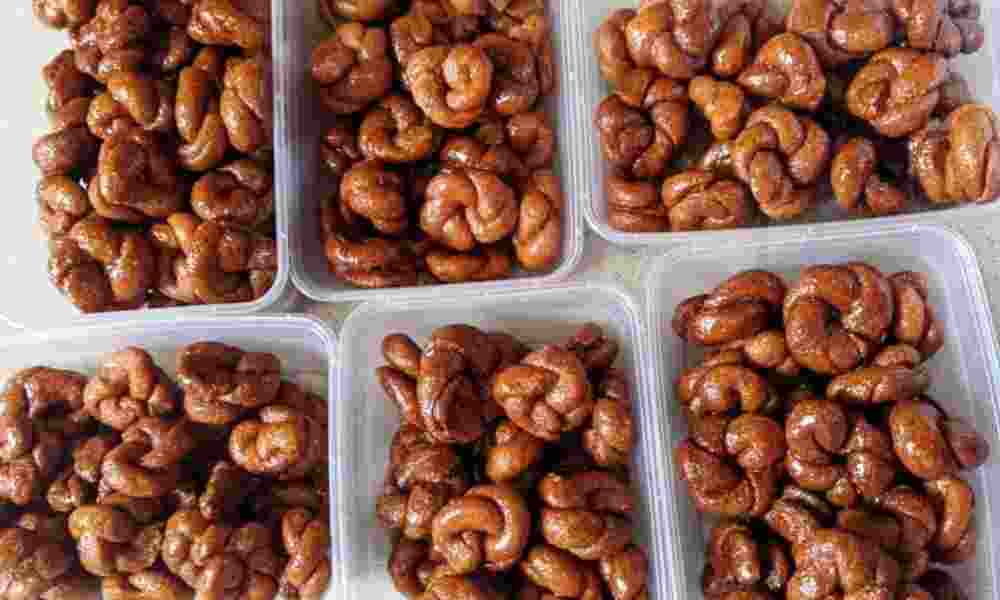

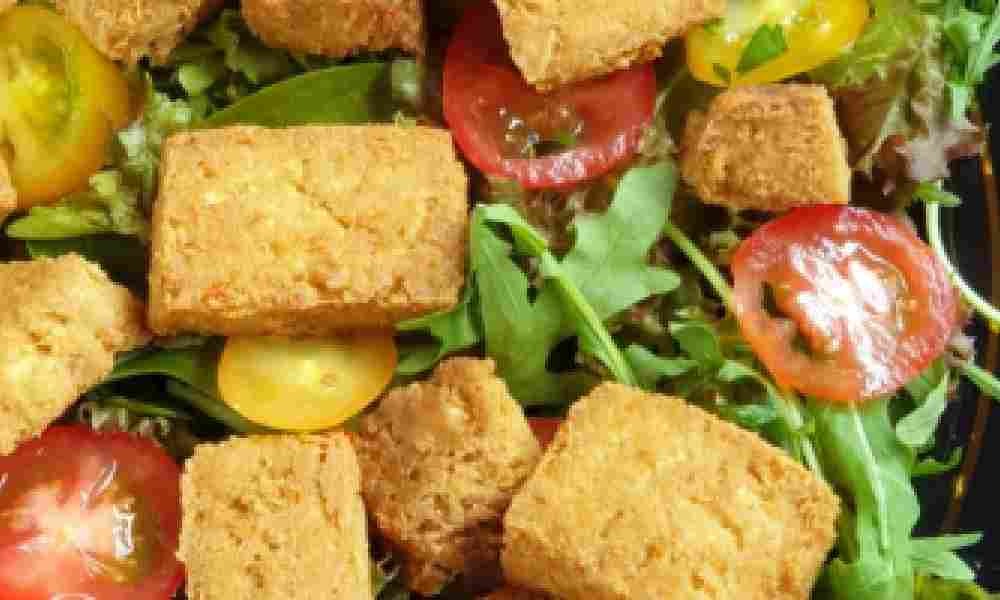
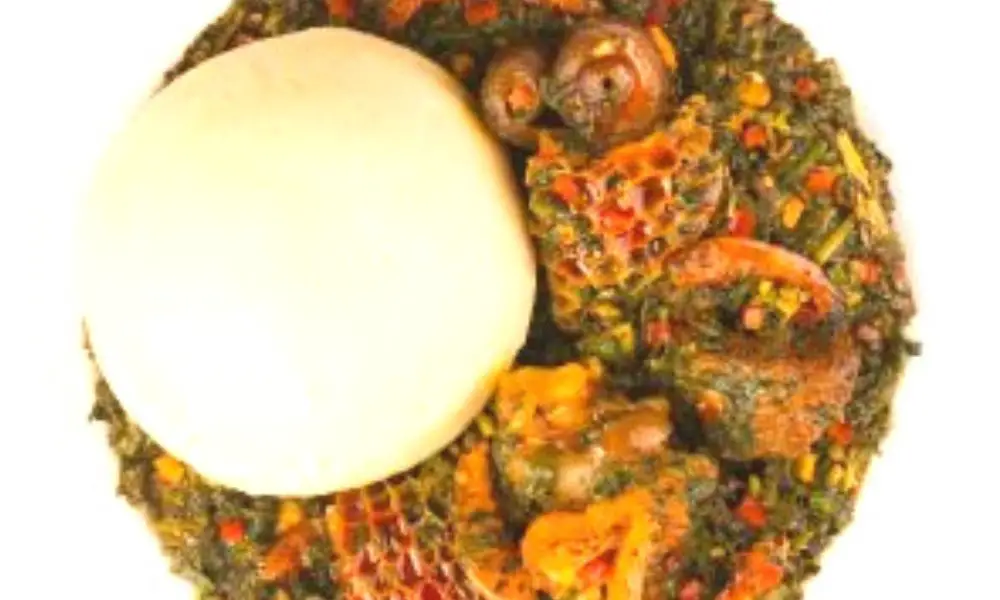
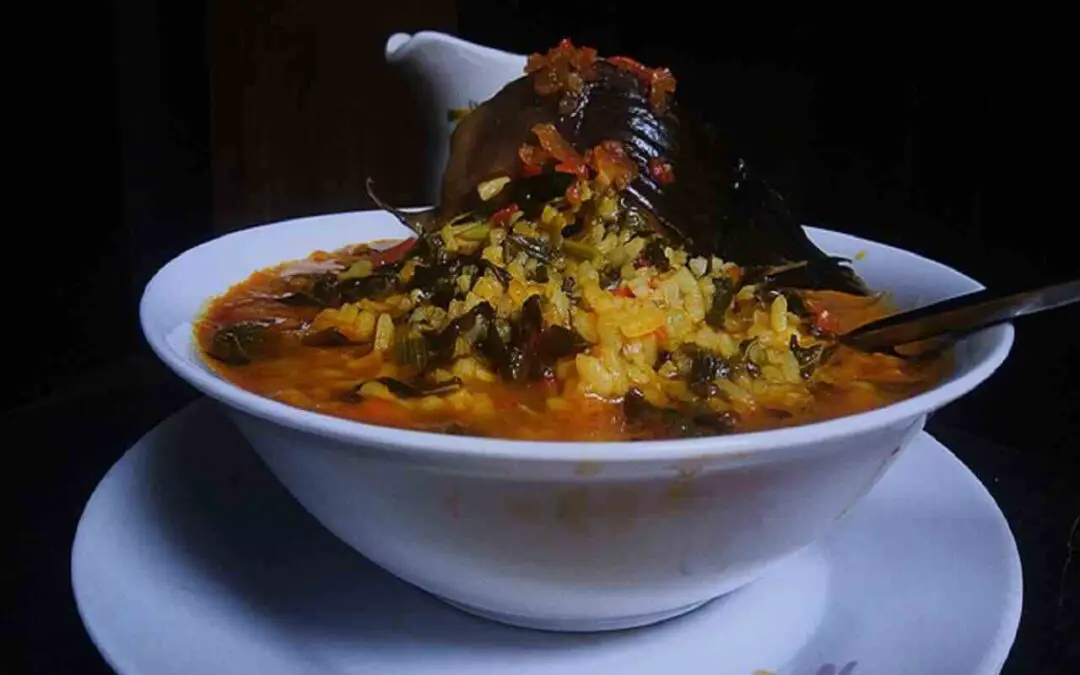
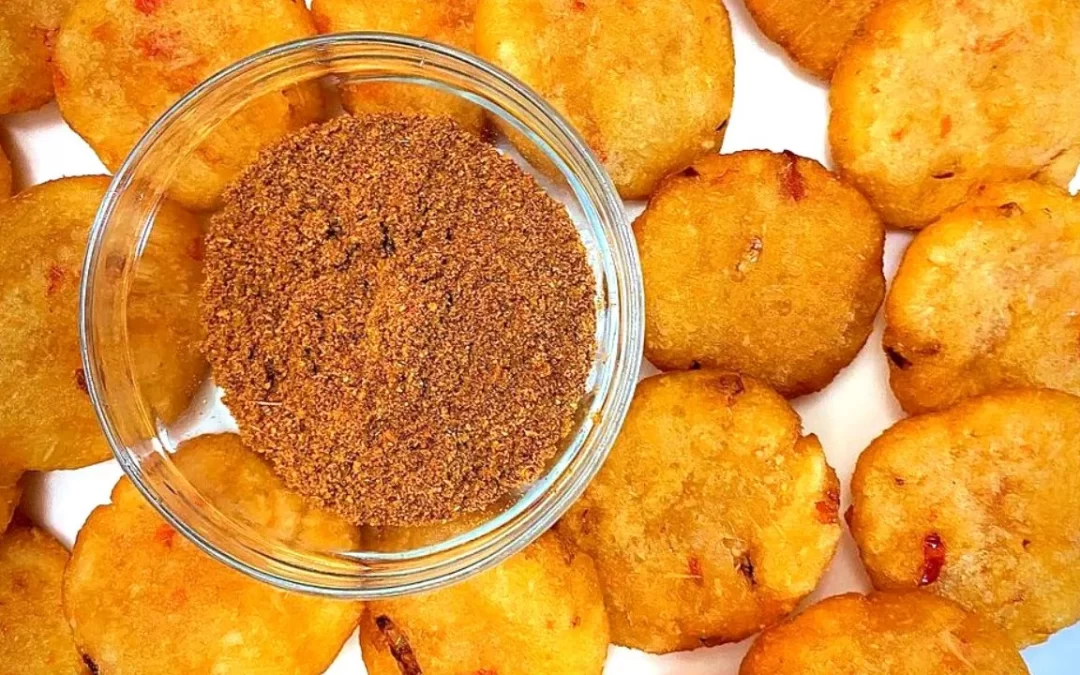



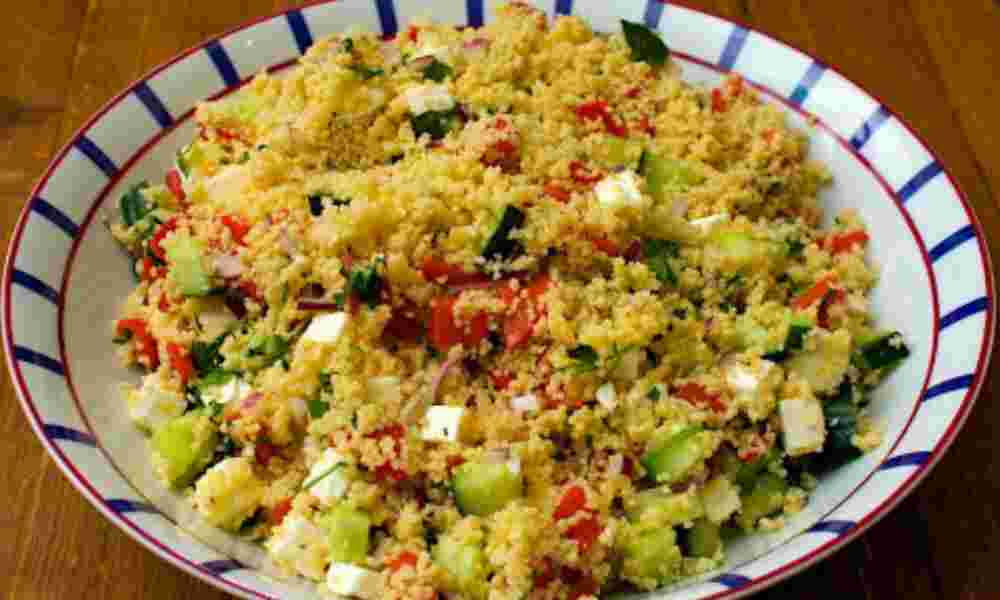
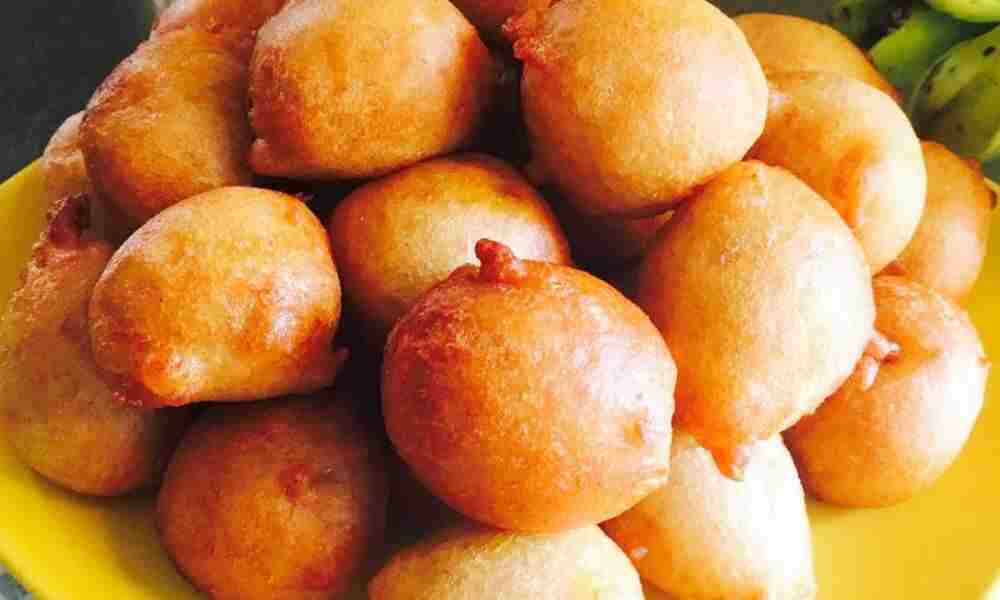
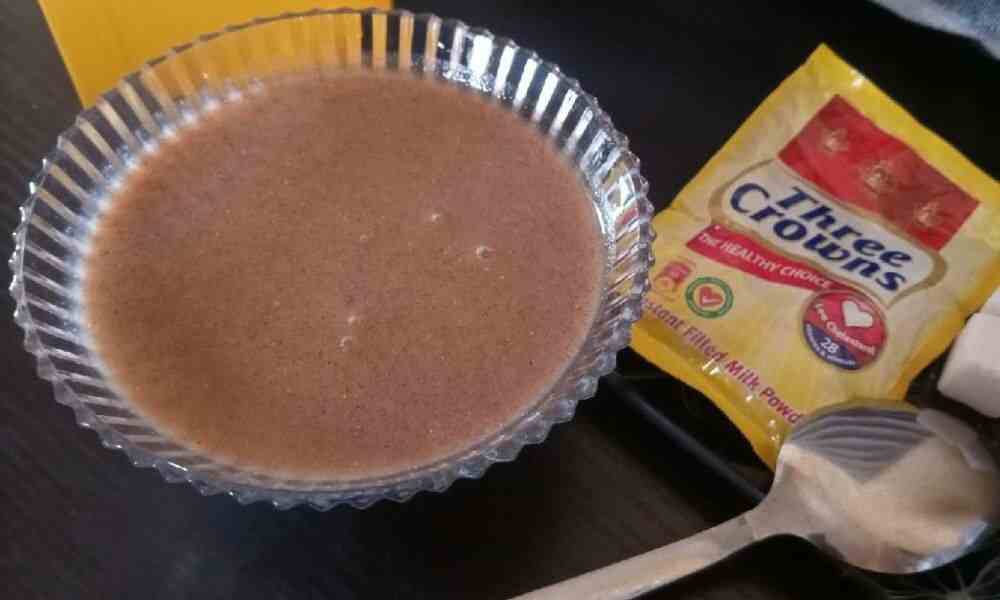
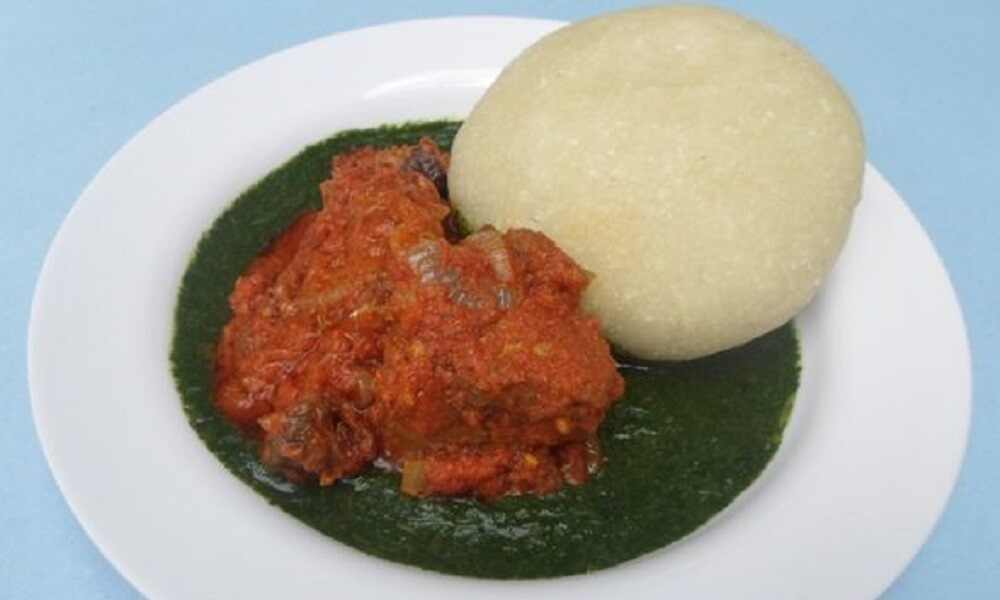
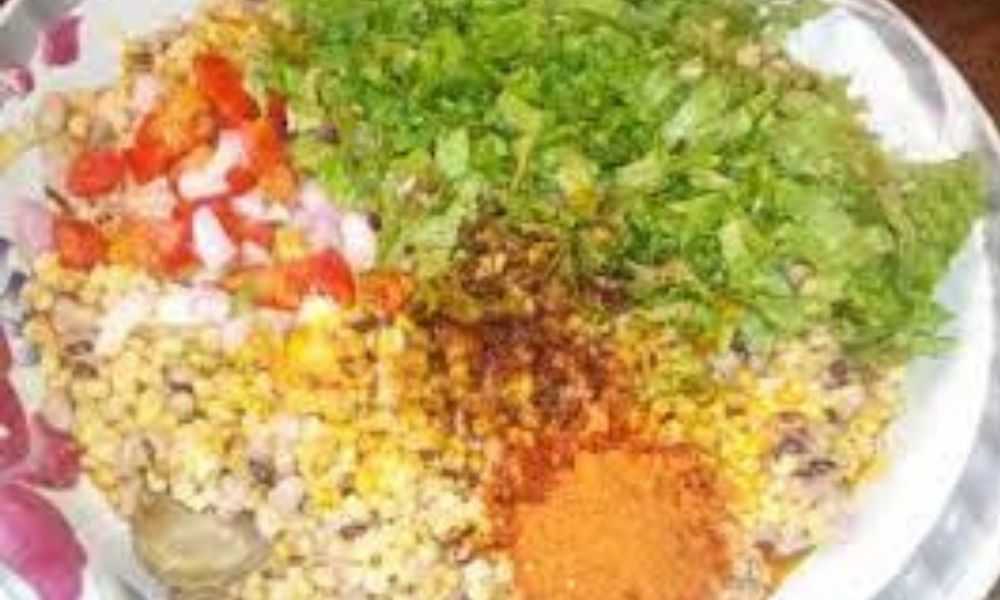
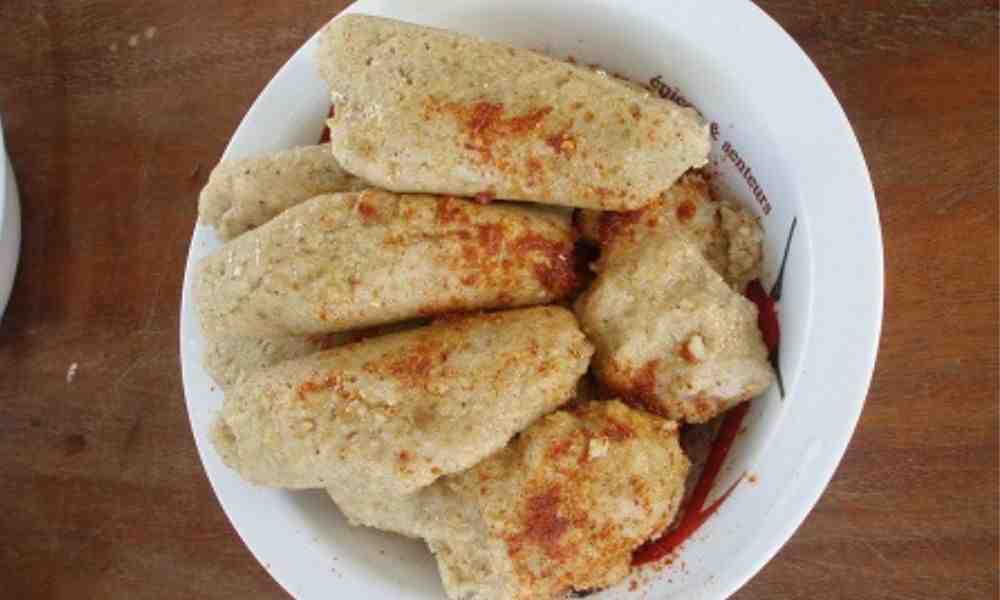
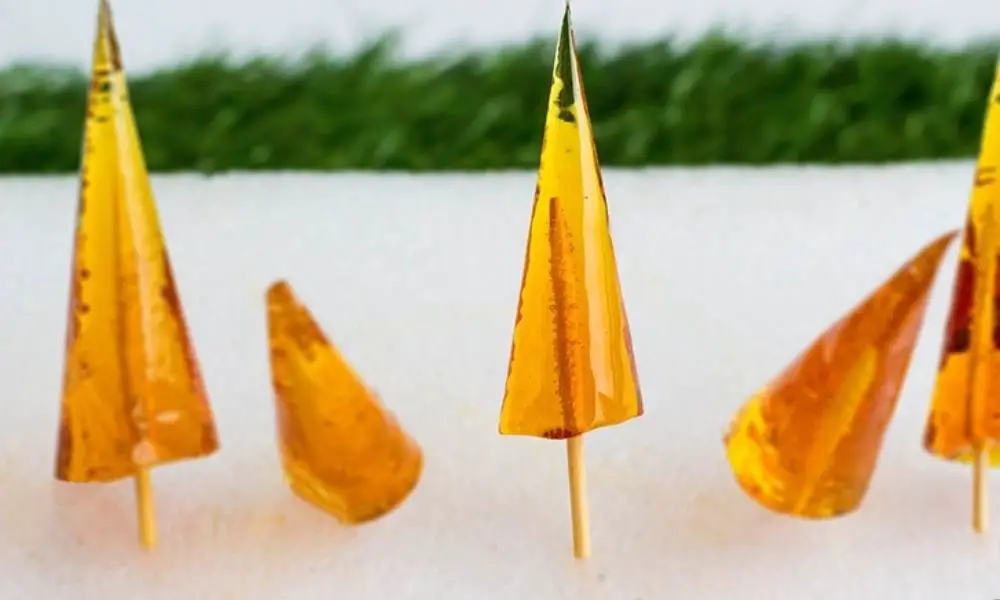
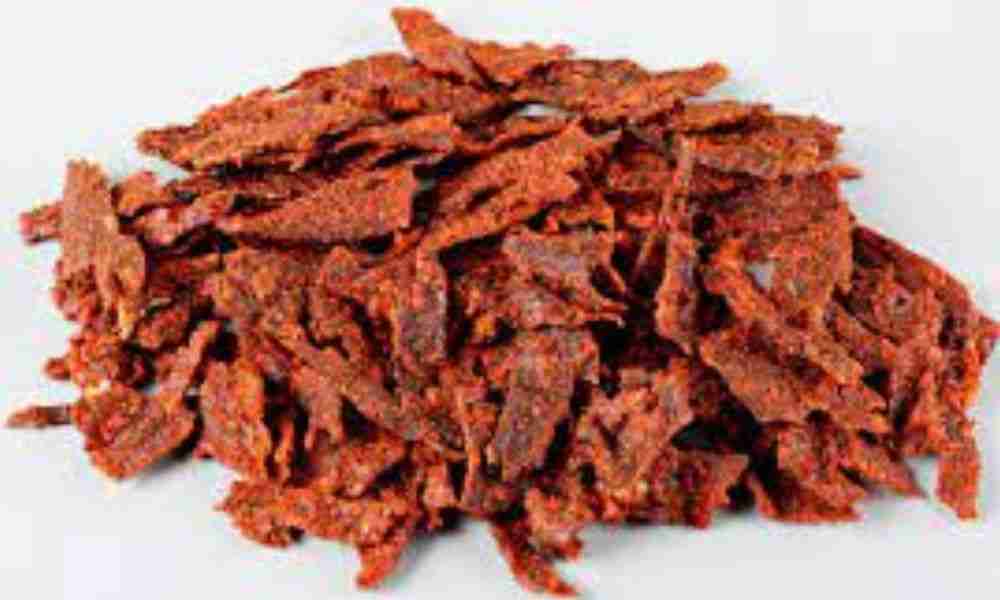
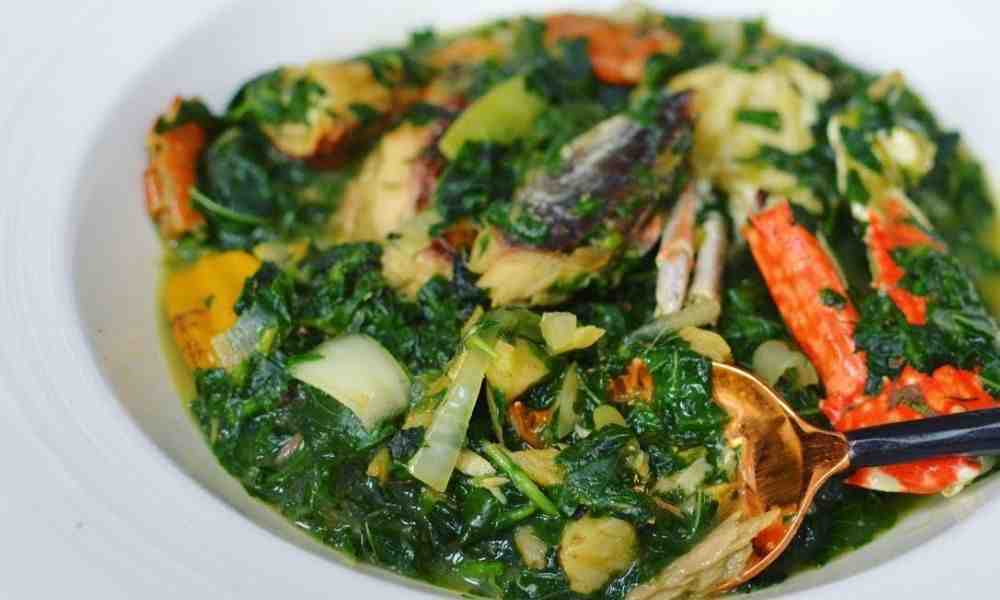
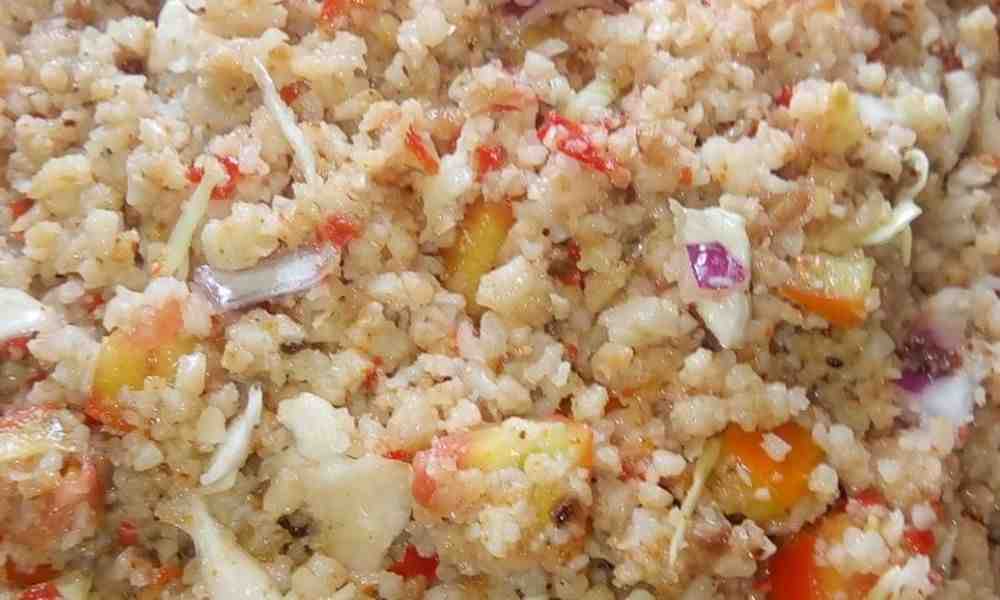
I have finally found the secret recipe afterall!
Plans for December is set.
Thanks alot, having planning on how to do this so now that you have given me the clue in doing this, I will in deed thank you again when I have done it.